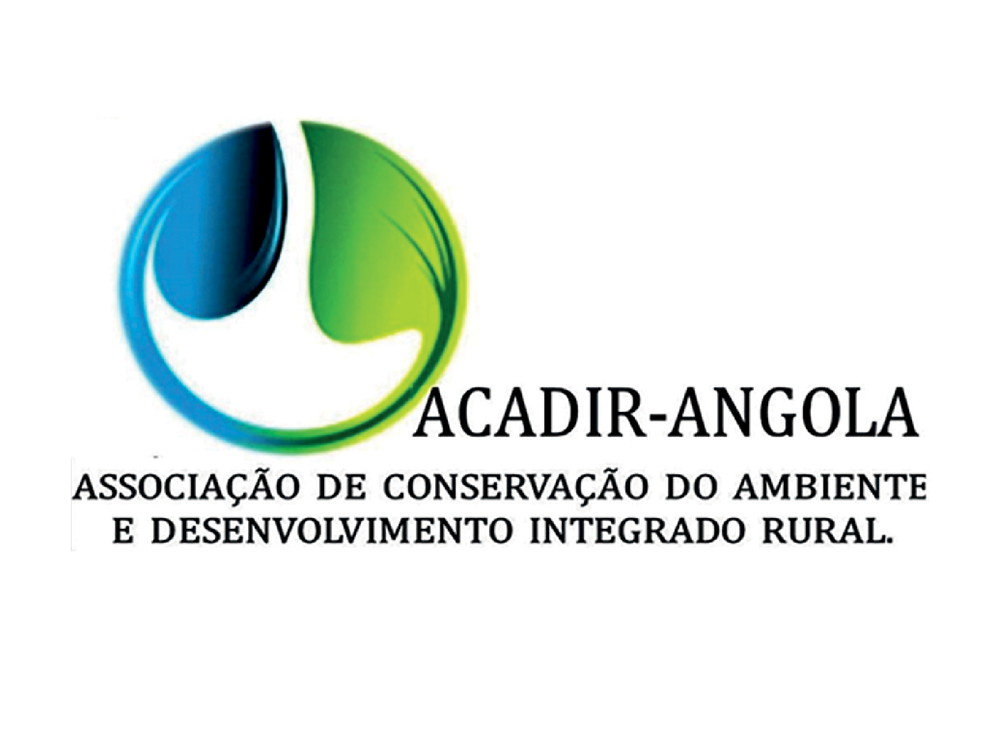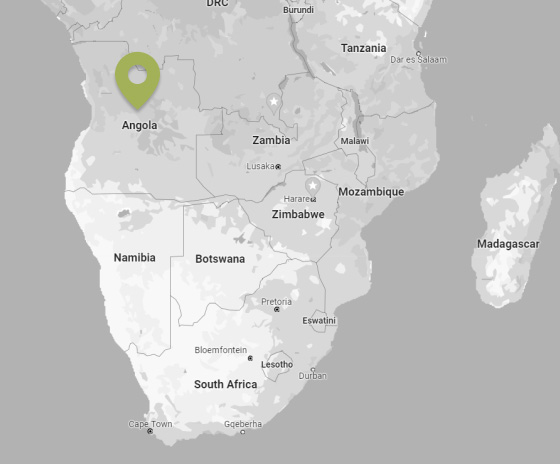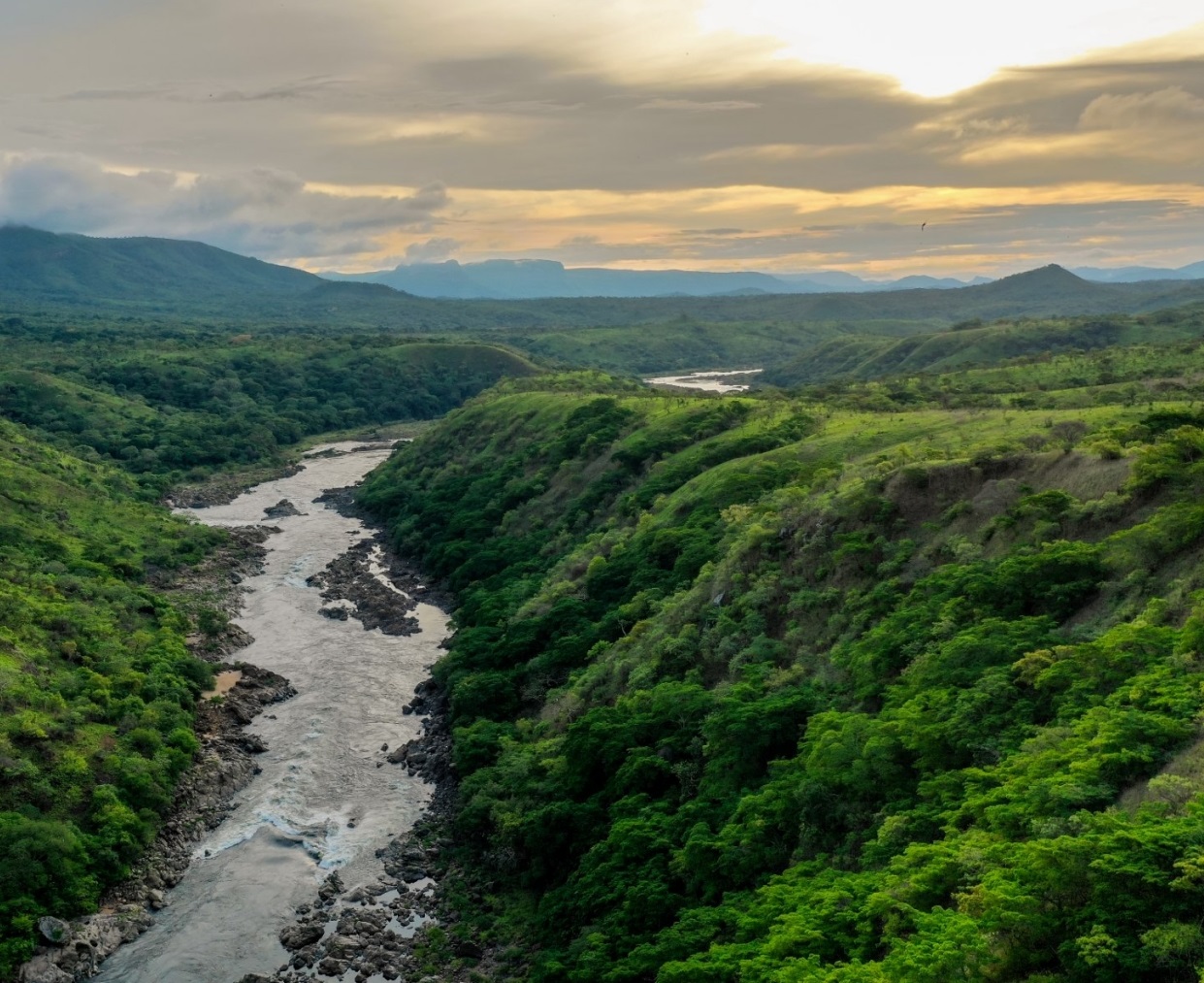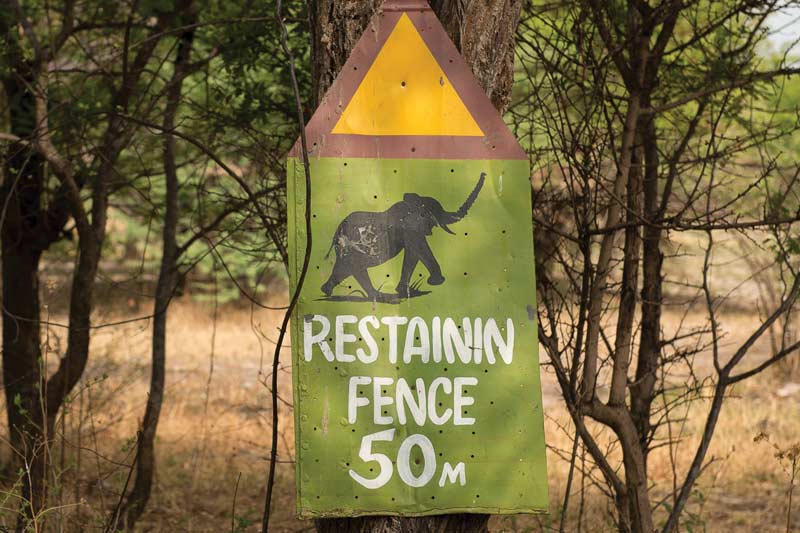Associação de Conservação do Ambiente e Desenvolvimento Integrado Rural

The Association for the Conservation of the Environment and Integrated Rural Development
(ACADIR – Associação de Conservação do Ambiente e Desenvolvimento Integrado Rural) is the
first and only locally-led NGO spearheading community conservation efforts in southern Angola’s
Cuando-Cubando province. This region is a key landscape in the Kavango–Zambezi Transfrontier
Conservation Area (KAZA TFCA). KAZA is one of the world’s most vast transboundary conservation
areas and home to the largest contiguous population of African elephants along with a wealth of
other wildlife and varied ecosystems.
The Association for the Conservation of the Environment and Integrated Rural Development (ACADIR – Associação de Conservação do Ambiente e Desenvolvimento Integrado Rural) is the first and only locally-led NGO spearheading community conservation efforts in southern Angola’s Cuando-Cubando province.
“Angola is strategically placed in southern Africa. Many of the wildlife populations in the south-east of the country including elephant move between neighboring countries seasonally, and Angola is part of the Kavango Zambezi Transfrontier Conservation Area (KAZA TFCA) the world’s largest transboundary conservation area. Angola has a great opportunity to learn from past and present community conservation experiences and lessons in the region and beyond, and select the most appropriate approaches for its unique situation and the aspirations of its people.”
Read more here: communities and Biodiversity in Angola – BIOPAMA

ACADIR – Building resilience for communities and wildlife in southeastern, Angola.
“We are interested in helping people here have better lives,” says Chipita. How do they feel about thousands of elephants potentially moving through their landscape? The views are mixed, he says, adding that villagers have already had conflicts with several elephants, as well as crocodiles, baboons, buffalos, and some predators.
“We don’t know what the answers are yet, but we focus on people’s needs as a way to start talking about conservation,” says Chipita. “People here care about healthcare and food security. Often people say, ‘The wildlife is nice, but we’re hungry.’ You can’t argue with that.” Antonio Chipita, WWF Magazine, WINTER 2020

This region is a key landscape in the Kavango–Zambezi Transfrontier Conservation Area (KAZA TFCA).
KAZA is one of the world’s most vast transboundary conservation areas and home to the largest contiguous population of African elephants along with a wealth of other wildlife and varied ecosystems.
With unrivaled knowledge of the region and the communities that live there, ACADIR has spent the last two decades helping the people living in this remote area to engage in community-based conservation efforts to improve their livelihoods along with their surrounding environment.
ACADIR has introduced conservation agriculture techniques, improved monitoring, and sustainable river basin management, as it works to lay the basis for communities in this region to manage and benefit from their natural resources.
This work is supporting some of southern Africa’s most marginalized communities, while also playing a key role in conserving one of Africa’s most critical ecosystems.

The greatest direct threats to Angolan biodiversity (excluding climate change) are:
• Poaching (including bushmeat for subsistence and commercial use, live animal trade, and killing and trafficking of high value species like elephants and pangolin to meet international demand in wildlife products
• Human-wildlife conflict (HWC) (e.g. killing of people by elephant, crocodile, lion, and hippo; crop damage by elephant and hippo; damage of food stores by elephant; and killing of livestock by crocodile, lion, hyena and leopard)
• Degradation of wildlife habitat (caused by unsustainable logging and charcoal making, deliberate and wild fires, expansion of human settlements, expansion of agriculture that is based mostly on the unsustainable practice of slash and burn, unsustainable mining. Improved access to areas of high biodiversity through upgrading of roads is likely to exacerbate these problems in the future.)
